

Imagine a complex web, where products move seamlessly from factories to homes across every corner of the United States. Behind this flow lies an evolving philosophy: making supply chains responsive to change, environmentally responsible, and powered by the latest digital technologies. This means transforming traditional logistics into networks that can quickly adjust to disruptions, reduce waste at every step, and rely on real-time visibility. Three pillars drive this evolution: environmental stewardship, nimbleness in shifting conditions, and leveraging digital tools to orchestrate each link in the chain.
In the United States, this modern approach means companies are reimagining their operations to keep up with consumer demand, new regulations, and the unpredictability of global trade. By incorporating sustainable practices, building in rapid adaptability, and integrating advanced platforms, logistics providers and manufacturers are reshaping their business landscape and forging a smarter, cleaner future for delivering goods.
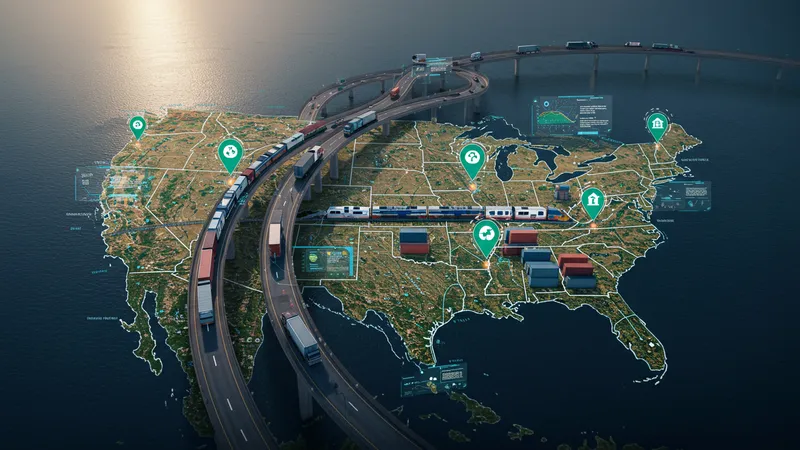
The move toward cleaner, faster, and tech-enabled supply chains is more than a trend: it’s rapidly becoming a requirement. Pressure from U.S. regulators and consumers has forced companies to rethink carbon emissions and resource usage. Digitalization accelerates this shift, providing clear data for smart environmental decisions and responsive operations during disruptions like natural disasters or changing tariffs.
Consider the difference real-time analytics brings when a port closure suddenly halts imports. Green, agile, and technology-driven systems enable immediate rerouting, dynamic inventory sourcing, and minimize unnecessary transportation, saving fuel and emissions. Companies adopting these strategies also find themselves better positioned for compliance with new EPA standards and climate-focused business incentives found throughout the United States.
Another key aspect is building supply chains that don’t just respond but anticipate. Solutions like Oracle SCM Cloud help organizations predict demand spikes and supply disruptions, while SAP’s platform ensures minimal waste through demand-driven planning. These systems enable greater synchronization between suppliers, manufacturers, and retailers, making agile and green logistics possible even at immense scale.
Finally, early adopters are setting the pace. U.S. companies like Unilever and Tesla are leveraging technologies such as machine learning-based route planning, blockchain for transparent sourcing, and IoT sensors to watch emissions in real-time. The cumulative effect is transforming how goods are produced, moved, and delivered in the United States—setting standards for the rest of the world.
This is only the starting point. The deeper details reveal even more valuable insights ahead—such as how these systems impact costs, customer satisfaction, and America’s competitive edge on the global stage…
Focusing on sustainability, supply chains in the United States are no longer just about speed and efficiency. Environmental benchmarks—like reducing greenhouse gas emissions and responsible sourcing—are now essential. SAP Integrated Business Planning, for example, allows U.S. companies to model carbon impact scenarios and select routes, suppliers, and methods with the least footprint. Corporations are setting ambitious climate targets; recent reports indicate over 90% of S&P 500 companies now monitor supply-related emissions to align with corporate sustainability goals.
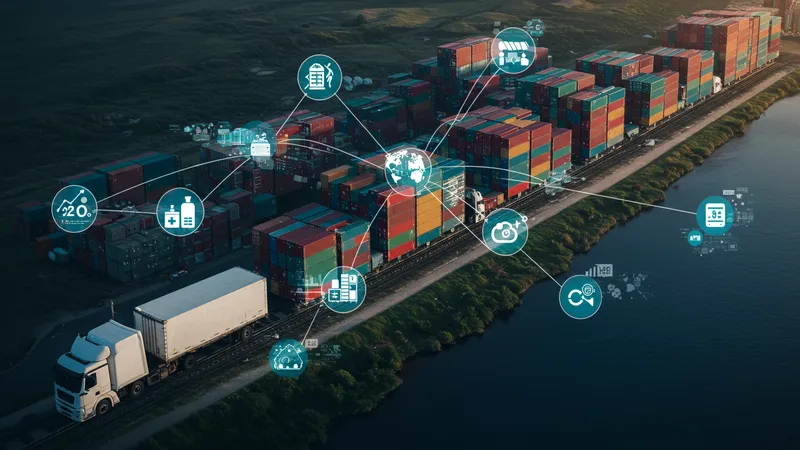
IBM Supply Chain Insights brings artificial intelligence into monitoring waste, energy use, and overall efficiency. In the U.S., several food and retail giants have leveraged IBM’s platform to actively track emissions reduction, leading to measurable changes such as network redesigns to minimize miles traveled and packaging innovations to reduce landfill contributions. Public pressure has increased transparency, with annual sustainability reports now standard among major American manufacturers and retailers.
Oracle SCM Cloud brings cloud-based analytics and real-time data into sustainability management. With its ability to integrate carbon tracking directly into procurement decisions, U.S. businesses have the tools to ensure their suppliers adhere to environmental expectations. According to supply management studies, Oracle’s users in the United States report up to 30% improvement in sustainable sourcing practices within two years of adoption.
At the intersection of technology and green operations, real-world examples make the strategy concrete. For instance, a major U.S. electronics retailer used SAP’s solution to identify alternative regional suppliers, cutting transport-related emissions by over 20%. These digital initiatives not only contribute to a cleaner environment but also enhance brand reputation within eco-conscious American consumer segments, driving loyalty and ongoing support.
Agility is essential in a nation as vast and unpredictable as the United States, where extreme weather, regulatory shifts, or labor strikes can disrupt established routes. IBM Supply Chain Insights helps large U.S. networks by delivering early warnings about supply bottlenecks and facilitating rapid switching between suppliers or distribution centers. This sort of adaptive capacity keeps product shortages to a minimum and allows brands to respond fluidly to market demands or disruptions.
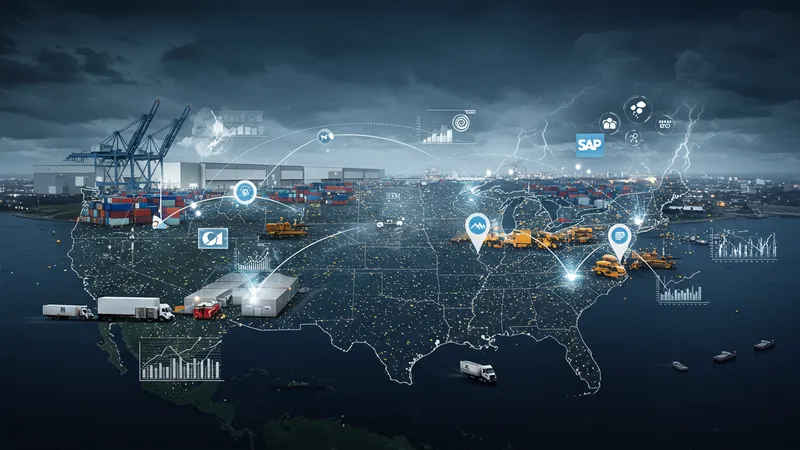
SAP Integrated Business Planning excels in scenario modeling for American retailers, letting them prepare contingency stock levels for everything from hurricanes in the Southeast to port slowdowns on the West Coast. Recent high-profile use cases include several U.S. supermarkets that, thanks to SAP, reallocated inventory to avoid pandemic-related shelf gaps in 2020, preserving sales and customer trust when competitors struggled.
Tech-driven agility is also about speed to market. Oracle SCM Cloud empowers U.S. consumer packaged goods companies to launch new products faster by immediately syncing new demand signals with supplier and transport networks, ensuring optimal shelf presence. This rapid reaction is especially critical in industries driven by trend cycles or shifting consumer preferences, such as fashion and electronics in America.
Being agile means integrating supplier diversity, too. U.S.-based multinational firms are using tech-enabled planning tools to source from both domestic and nearshore partners, reducing reliance on any single nation or port. This multilayered approach, powered by platforms like SAP and Oracle, builds resilience into the American supply chain framework against disruptions abroad, supporting national security priorities as well.
Technology fundamentally enables the ongoing overhaul of American supply chains. Cloud-based systems like Oracle SCM Cloud make it possible to connect suppliers, manufacturers, and carriers from coast to coast with live data updates. Leaders in U.S. logistics note that moving supply chain processes to the cloud has cut the time to resolve delivery exceptions by as much as 50%, according to recent industry surveys.
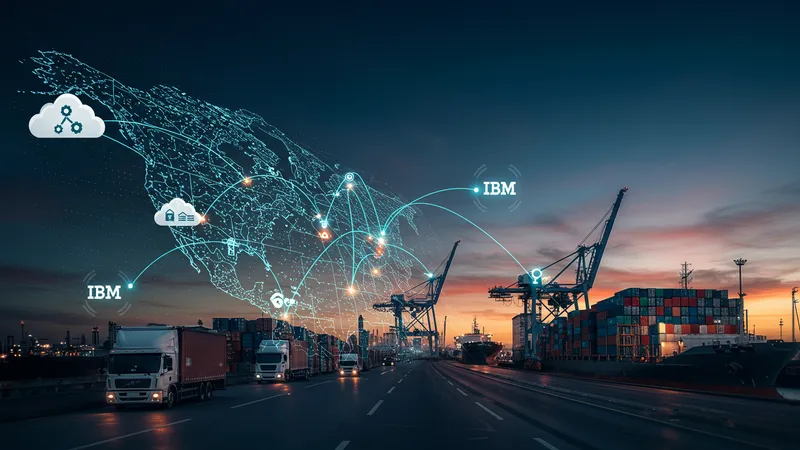
IBM Supply Chain Insights is at the forefront of using machine learning to spot deviations from normal shipping patterns—such as traffic slowdowns or delayed customs clearance. U.S. electronics distributors have credited IBM with helping redirect shipments proactively, preventing stock-outs and costly expedited freight. Beyond analytics, IBM’s solution monitors supplier reliability and risk, supporting compliance efforts crucial for U.S. businesses operating under strict regulations.
SAP Integrated Business Planning’s integration with IoT devices provides real-time visibility over U.S.-based inventory, vehicle locations, and even environmental conditions in transport—down to the level of moisture or temperature. For U.S. food distributors, this is invaluable for meeting FDA requirements and ensuring supply chain transparency, which consumers increasingly expect.
Additionally, these technology platforms serve as catalysts for innovation. As U.S. states invest more in digital infrastructure, forward-thinking companies are layering on blockchain authentication and AI-driven sustainability scoring, often surpassing what’s legally required. The race to modernize supply chains in America isn’t only about reacting faster—it’s about setting the global bar for smart, responsible logistics.
Supply chains that emphasize sustainability, agility, and technology adoption are giving U.S. companies distinct advantages. Firms deploying SAP Integrated Business Planning report shortened order cycles, improved forecast accuracy, and demonstrably lower carbon footprints as measured by the EPA or third-party audits. The competitive edge extends to investor confidence, as more investment funds in the United States screen for supply chain sustainability in portfolio companies.
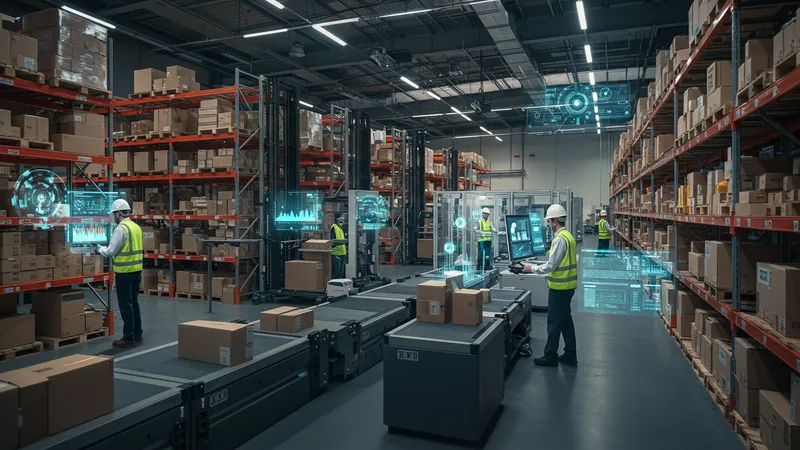
American companies using IBM Supply Chain Insights are outperforming peers in customer satisfaction indexes. By proactively mitigating delays and shortages, they maintain higher levels of on-shelf product availability and more transparent communication with customers. This focus on service is particularly important in e-commerce and retail, where consumer expectations for speed and traceability are high.
The scalability offered by Oracle SCM Cloud allows mid-sized U.S. manufacturers to compete with larger multinationals. As cloud-based solutions reduce upfront costs and IT overhead, even regional producers gain access to sophisticated procurement, logistics, and environmental tracking systems. This democratization of technology means American supply chains across the board are becoming smarter and more resilient.
Looking ahead, experts predict that U.S. supply chains will continue to lead in integrating artificial intelligence, real-time data sharing, and advanced analytics. As global economic and environmental uncertainties persist, the ability of these supply chains to remain lean, responsive, and ecologically responsible will play a crucial role in keeping American goods flowing and businesses thriving well into the next decade.